As a small boy, I devoured the books of Messrs.’ Ditmars, Kauffeld, Whittaker, Sanderson and others who sought out snakes in their natural habitats. The formidable Black Mamba, (Dendroaspis polylepis), accorded respect by all, was given a special place of honor by legendary snake man C.J.P. Ionides in Mambas and Maneaters. Although I was eager to expand my snake hunting experiences, these authors convinced me that this longest of Africa’s venomous snakes was better observed than handled. Fate intervened, however, and I wound up working closely with what has been described as “Africa’s deadliest snake”. Accounts of the recent escape of a Black Mamba from the Pretoria Zoo brought an experience of my own back to mind…
Handling Mambas and Cobras
Zoo-based reptile keepers such as I handle thousands of venomous snakes over the course of their careers. A snake hook generally fits the bill for routine tasks. The Black Mamba, King Cobra and several related species, however, present special challenges, especially when they reach full size. Quick, high-strung, and seemingly more alert and intelligent than others, many Elapids (cobras, mambas and their relatives) are difficult to move via snake hooks….all old reptile keepers have their stories. You can read about my adventures with an escaped King Cobra in this article.
I was fortunate in having had the benefit of working with several older, well- experienced keepers, and had no illusions about “proving” myself when it came to cobras and mambas. I feel that “discretion is the better part of valor” where they are concerned, a belief confirmed by observations made in the course of responding to many snakebite emergencies over the years. Whenever possible, I relied upon shift cages or other “tricks” (please see article below) when I needed to move a mamba.
You Want Me to Do What with the Black Mamba?!
But there came I time when, as consultant for the renovation of the Staten Island Zoo’s reptile house, I was called upon to capture a large Black Mamba and ready it for shipment to another zoo. The snake, a large adult, had not been on a snake hook or otherwise manipulated in years. A shift cage was attached to its exhibit, and the exhibit door was not opened for cleaning unless the snake was locked away in the shift.
Snakes in transit are confined in pillow cases or similar cloth bags, which are tied tightly and then placed into a second bag. Generally a straightforward task… but not with an aggressive, 9 foot-long snake that can flip off a snake hook or exit a bag in the blink of an eye!
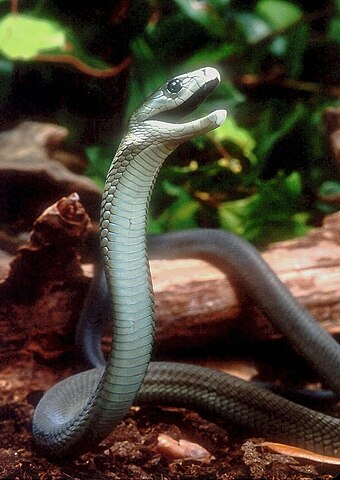
Uploaded to Wikipedia Commons by Bill Love / Blue Chameleon Ventures / Reptile & Amphibian Photo Gallery
How to Bag a Black Mamba
After some consideration, I decided to lure rather than force the mamba into a bag. I found a bag of the right size and secured it with duct tape to the opening that led from the exhibit into the shift cage. I then acclimated the snake to feeding within the bag. Black Mambas have fast metabolisms by snake standards, and generally consume quite a bit more food than similarly-sized individuals of other species…hatchlings have been known to reach 6 feet in length within by within one year. Hunger can, therefore, sometimes be used to manipulate them.
You can bet I kept our Black Mamba very hungry prior to shipment! This is standard practice when shipping any snake, as stress can induce regurgitation and related problems, but to be honest I was far more concerned with my stress levels than the mamba’s! When it came time to confine the snake, I rubbed the inside of the bag with a mouse and opened the shift door. Happily, the mamba shot it without hesitation.
I was careful to secure the bag’s opening with a long handled tong, after which I lifted the now violently-moving package into a large plastic garbage can. As is done when packing all snakes, I pulled the neck and 2 feet or so of the bag out of the can, and then placed the can’s lid securely on top. Thus, the snake was confined in that part of the bag which remained within the can, and the lid prevented it from reaching the bag’s neck (or my hand). I could now safely tie the bag by hand, and then secure it further with a cable tie.
I think that some of my younger co-workers would have preferred a more dramatic capture, but I was quite pleased with myself (as was the zoo’s curator and the doctor who had been placed on notice at the local hospital!).
Natural History
Occasionally approaching 14 feet in length, the Black Mamba is the longest of Africa’s venomous snakes, and its venom is among the most toxic to be found on the continent. Add to this a wide range, the ability to colonize farms and villages, and a propensity to bite multiple times in quick succession when threatened, and it becomes clear why this a creature of much concern and deserving of detailed study. Yet it remains difficult to separate mamba fact from fiction. I’ll cover Black Mamba lore and natural history in the near future.
Further Reading
 That Reptile Blog – Reptile, Amphibian and Exotic Pet Care and Information
That Reptile Blog – Reptile, Amphibian and Exotic Pet Care and Information

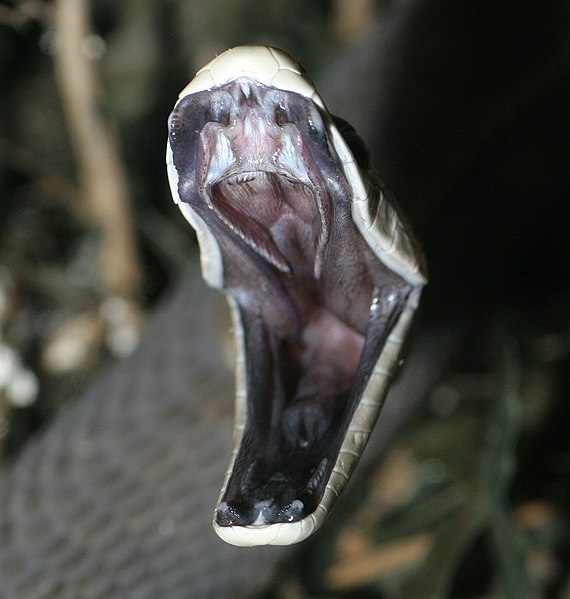
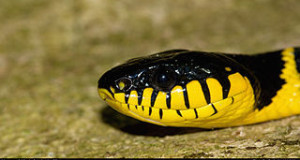
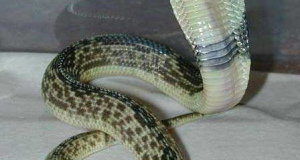
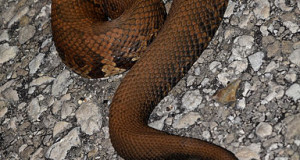
Hallo Frank
Once again your article got me exited all over again as for one; this snake is very common here in my home country, Namibia, as well and secondly, in my opinion, certainly IS one of the most fearsome snakes around.
Unfortunately it is true that its lethal venom but also the mystic cloud hanging over this extra ordinary beautiful snake, lowers its survival drastically when encountered by human being!
I was wondering if some light could also be shed on the apparent “dry” bite from a cornered mamba (to warn its intruder) in your next article…?
Whilst the actual “killer” is the puff adder, I feel much unnecessary harm is done to this stunning serpent, the Black Mamba, and there for I am curiously awaiting your next article!
Best wishes from Namibia
Gert
Hi Gert,
Thanks as always for your kind words and thoughtful comment.
I’ve assisted on a number of dry bites delivered by captive snakes here in the US; estimates put the overall percentage of dry bites at 20-50% for various species. We still have much to learn, but the current theory is that the snakes are not actively regulating the amount of venom injected…however, this could change, given the complexity of venom delivery and how little we know. Venom takes some time to manufacture..dry bites may be the result of a lack of venom, or due to a mechanical difficulty during the bite itself (fangs do not engage properly, etc) or to missing fangs (they are replaced regularly). The length of time it takes for a snake to manufacture venom depends upon the species, diet, health, temperature and other factors.
MAMBAS AND MANY OTHER venomous SNAKES PRESENT AN ESPECIALLY difficult situation; many adjust well to development and indeed are even drawn to homes and farms due to the greater concentrations of lizards and rodents that are often, present, yet there really is no reasonable way for people to live safely in close proximity to them.
Best, Frank
I’m. Fascinated with the poisonous snakes.always have been, but I scream my head off even if it’s only a garter snake. I’ve not that interested in the pitvipers. But to live in a jungle or desert that a lot of people have to co-habitate with those lethal snakes, now that would be a horror show. My son came home with a garter snake when he was 9 yr old and scared me to death
But I.let him keep them. He’s 34 now and has 3 but not any dangerous He has a western hog nose that’s semi venemous. But he’s so cute. Any way bye
Hello Diane,
Thanks for your post..sorry for the late response, the comment slipped past me somehow. My mom let me keep all sorts of creatures as a child, though she had no experience…she wound up volunteering for the Bx Zoo for 15 years, and keeping a collection at home also…nice that you gave your son the ability to pursue his interests. Western hognose snake venom is not dangerous to people, outside of specific allergies so don’t worry..best, frank